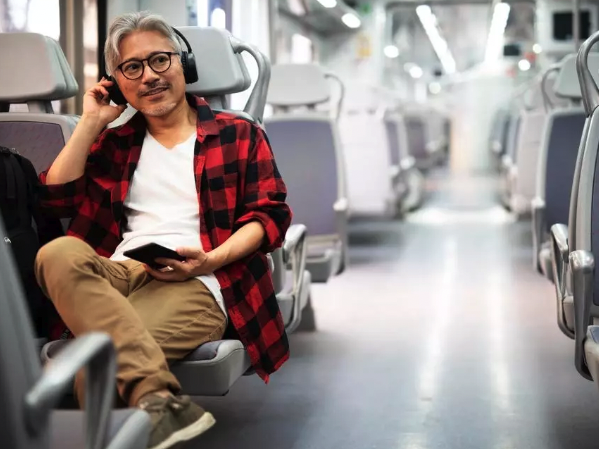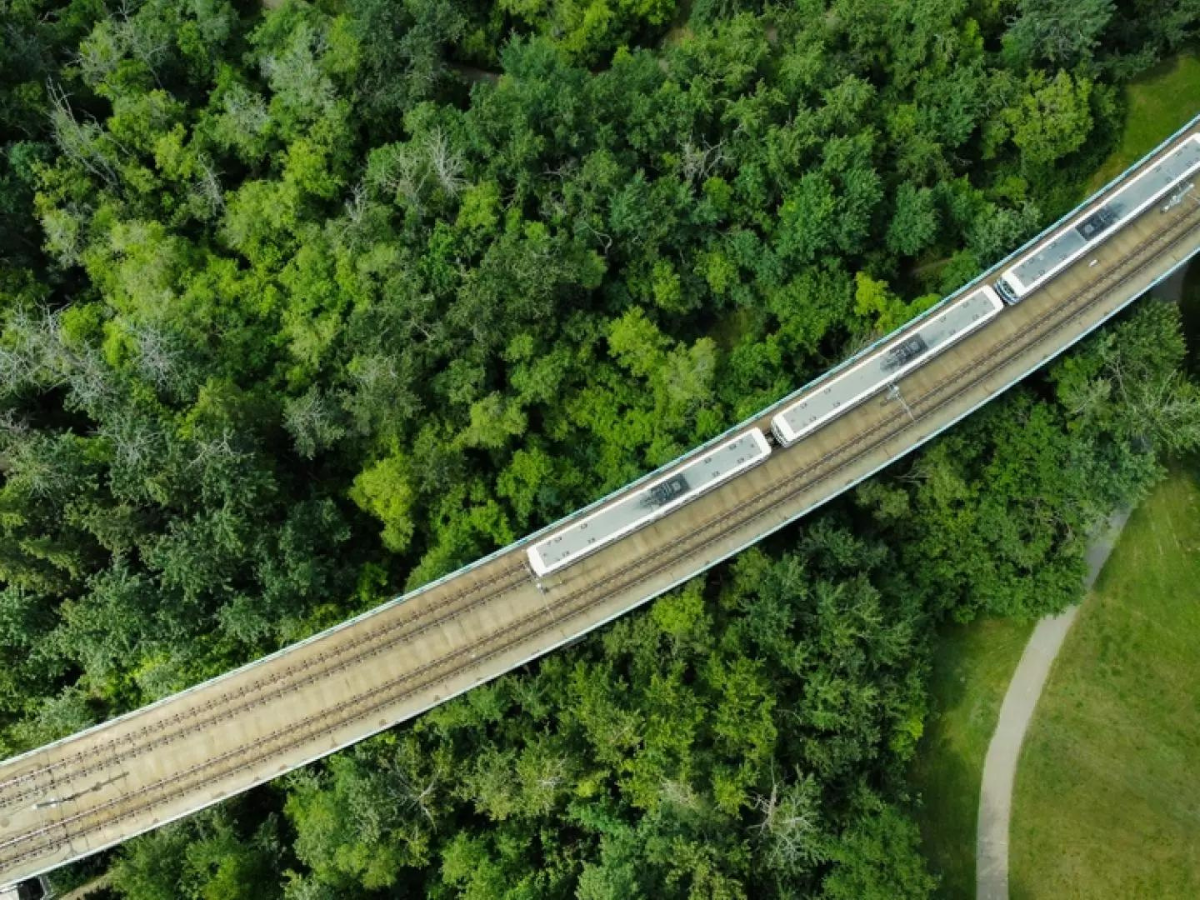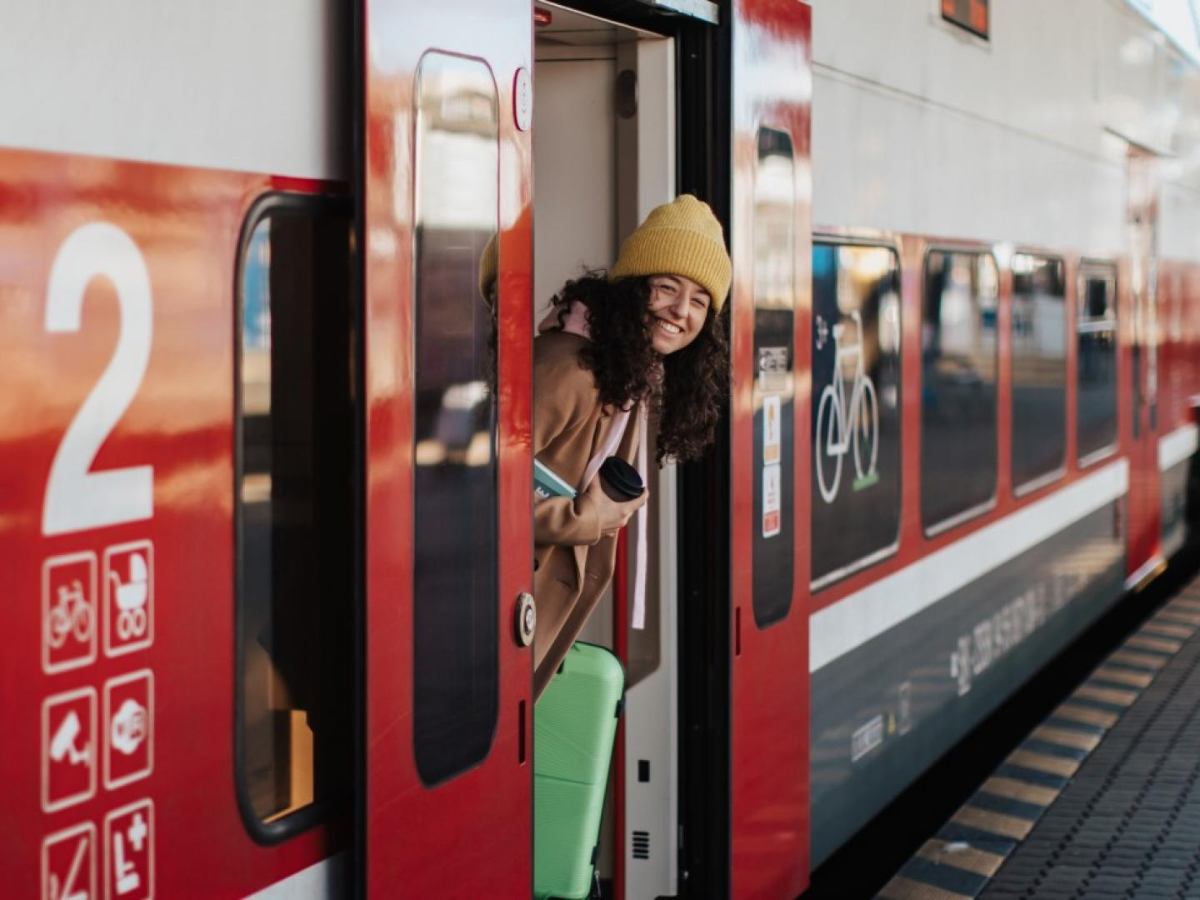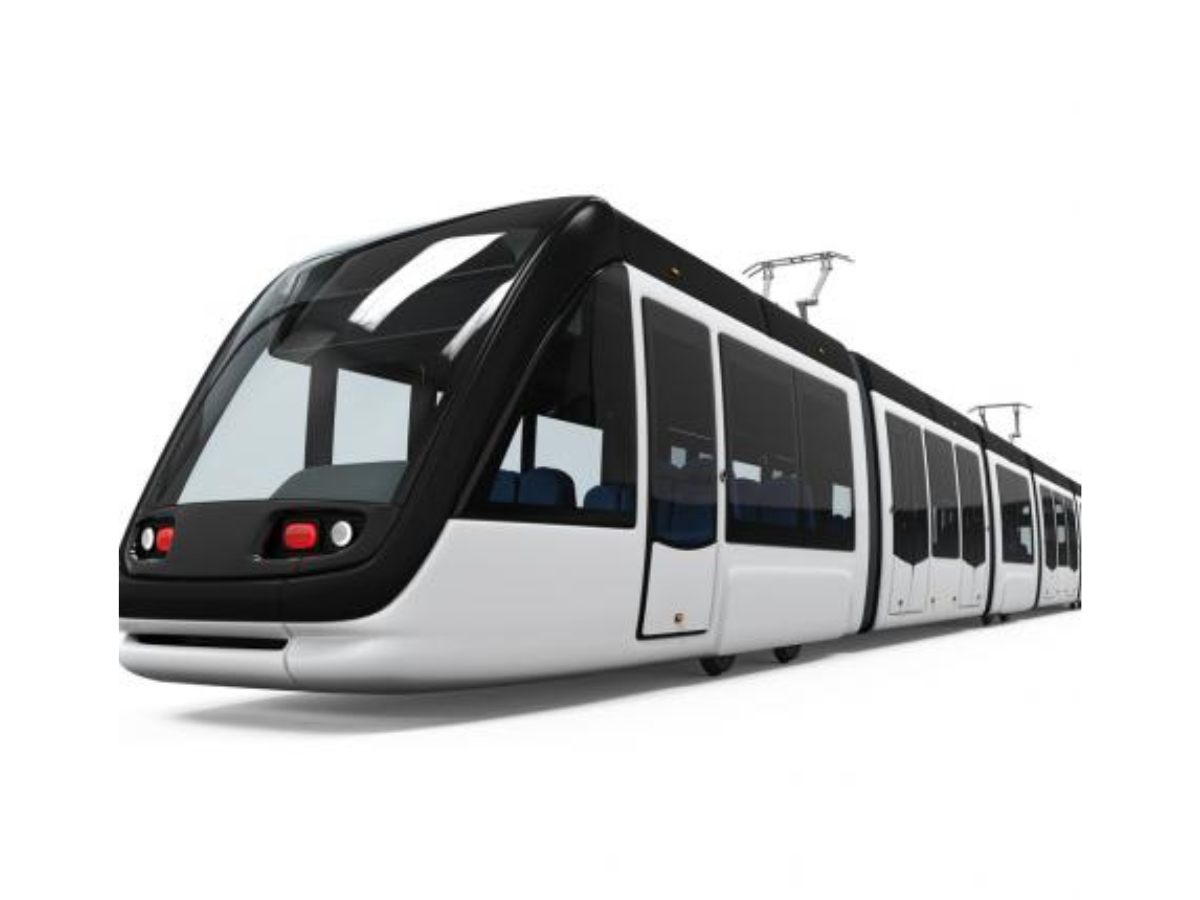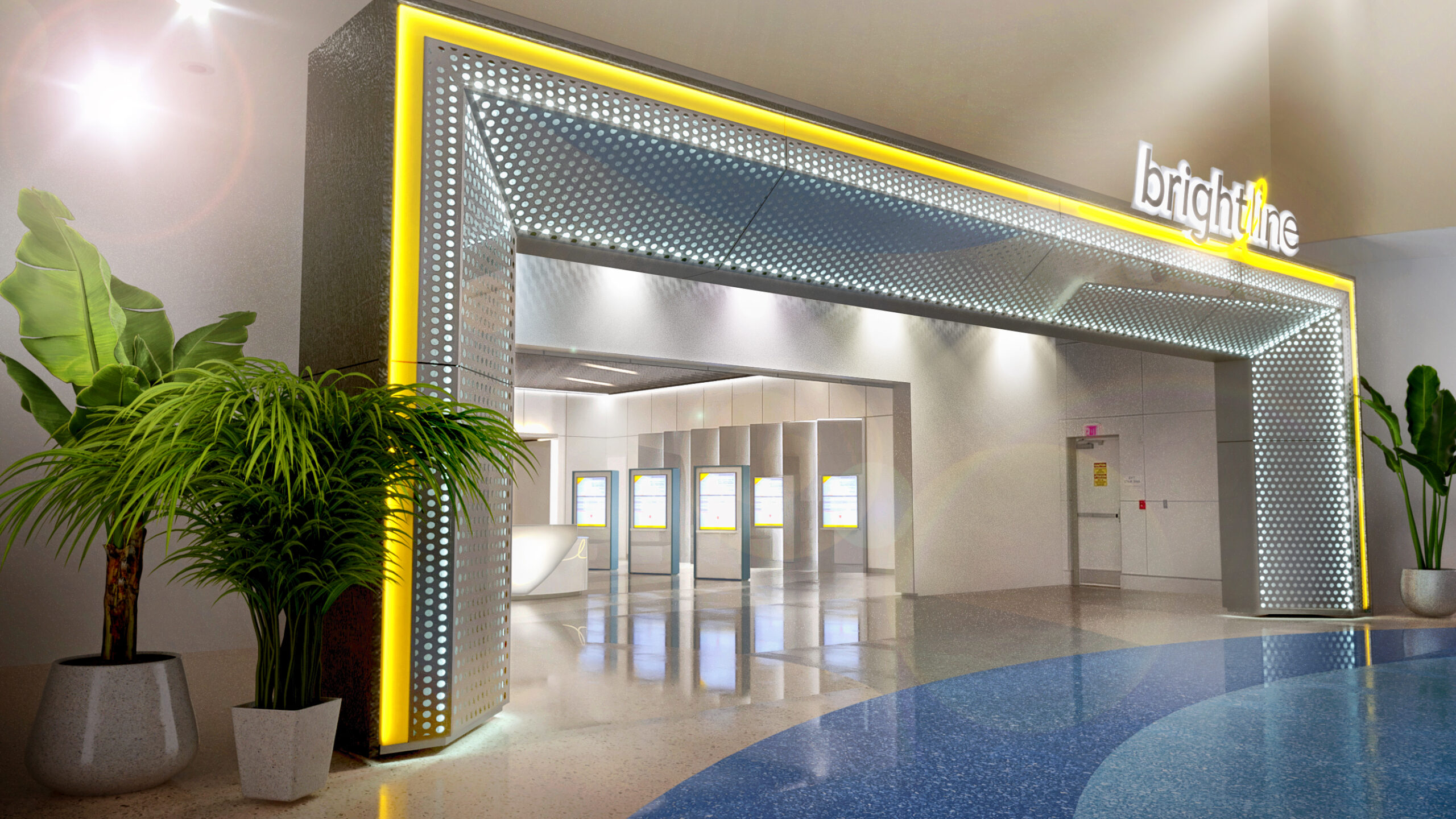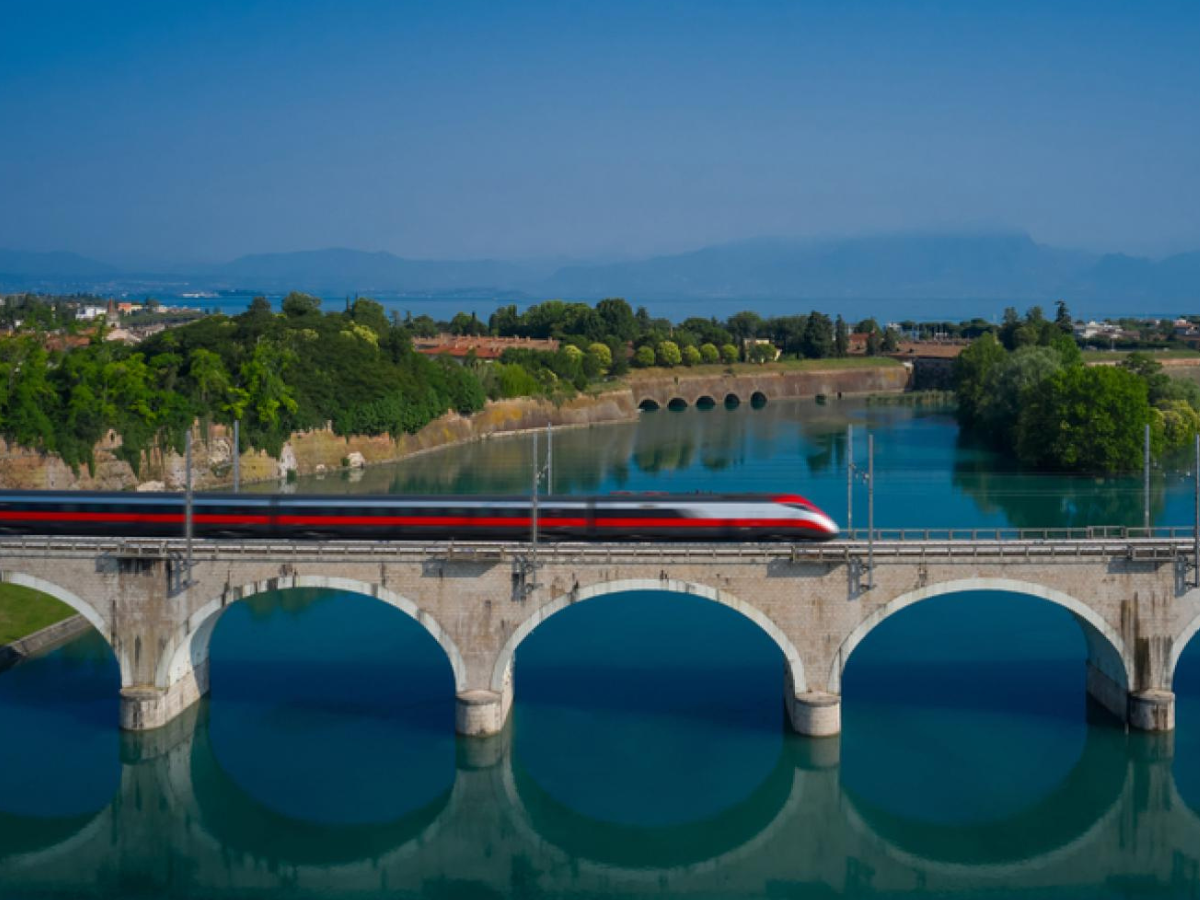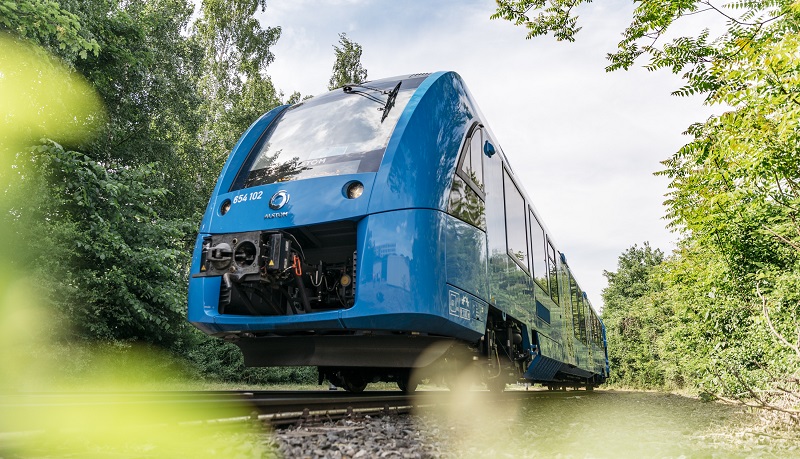Railway companies are increasingly investing in video surveillance systems to guarantee safety on their trains.
In addition to hazard detection, these cameras can be used for a variety of other purposes, from occupancy tracking to vandalism detection. All possible thanks to machine vision technology. Yet, there are still some challenges facing full adoption.
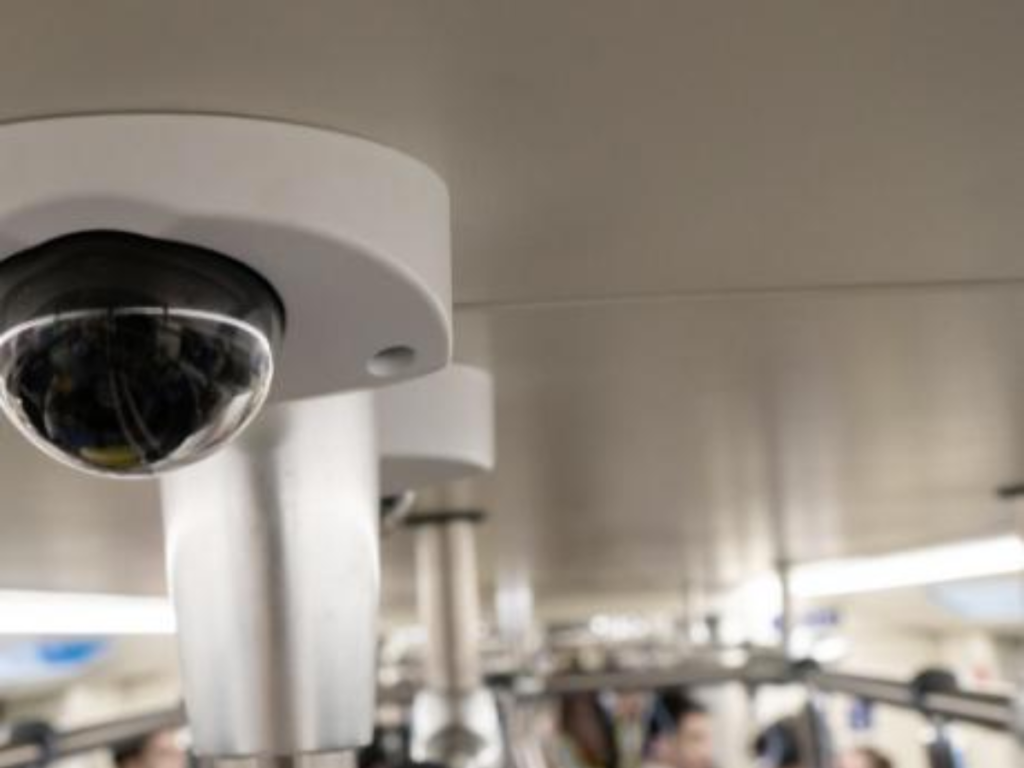
In a Nutshell
Machine vision enables computers to recognise and evaluate objects in images or video streams. To make machine vision possible, cameras are installed throughout the environment of interest. The videos captured by these cameras are then processed by machine learning (ML) models. Two different approaches exist in executing these ML models:
- The raw video streams are sent to the cloud, where servers perform the object recognition.
- The raw video streams are processed locally.
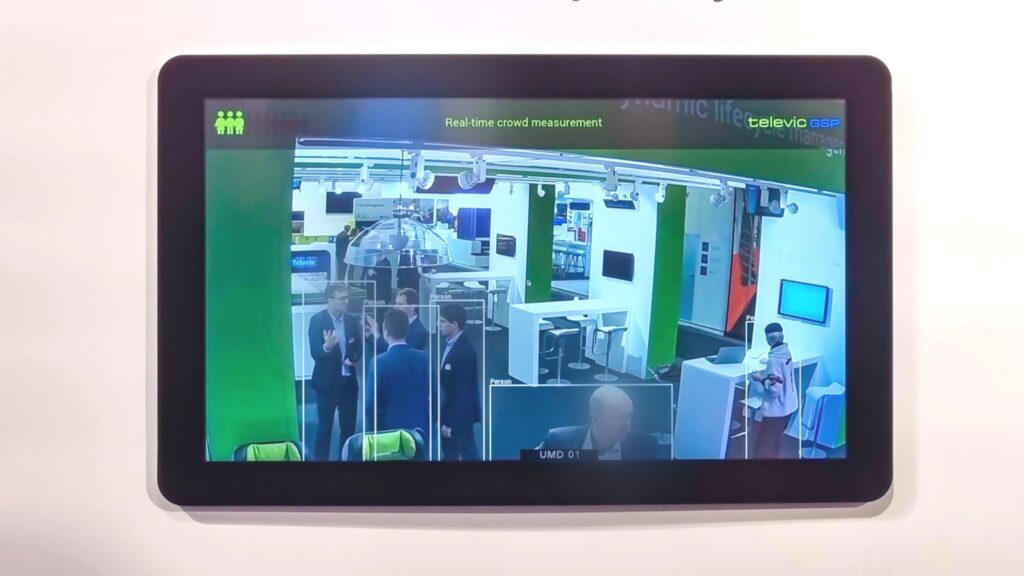
With machine vision technology, a range of innovative services becomes possible, which improve the overall efficiency and safety of rail transportation. Let’s first look at 2 major trends and 4 challenges.
Machine Vision in Rail: 2 Trends
Today, machine vision is widely used in industrial applications to optimise quality, accuracy, safety and throughput. In recent years, the rail industry has also started to show interest in machine vision to improve its services. Two trends are driving this evolution:
On the one hand, there has been a significant increase in the number of CCTV cameras in trains. Newly built train carriages usually contain four cameras: two in each compartment overlooking all seats, and one at each door.
On the other hand, major advances are being made in AI and machine learning. This creates a lot of new opportunities for machine vision in the rail industry (e.g. search and find particular events more easily). Moreover, to alleviate the growing demand for bandwidth in CCTV systems, AI and machine learning are preferably performed locally. This allows for the transmission of only relevant information, rather than the entire raw video stream, making the whole process more efficient and cost effective.
4 Technical Challenges for the Rail Industry
However, before implementing machine vision in railway systems, a number of challenging obstacles must be overcome.
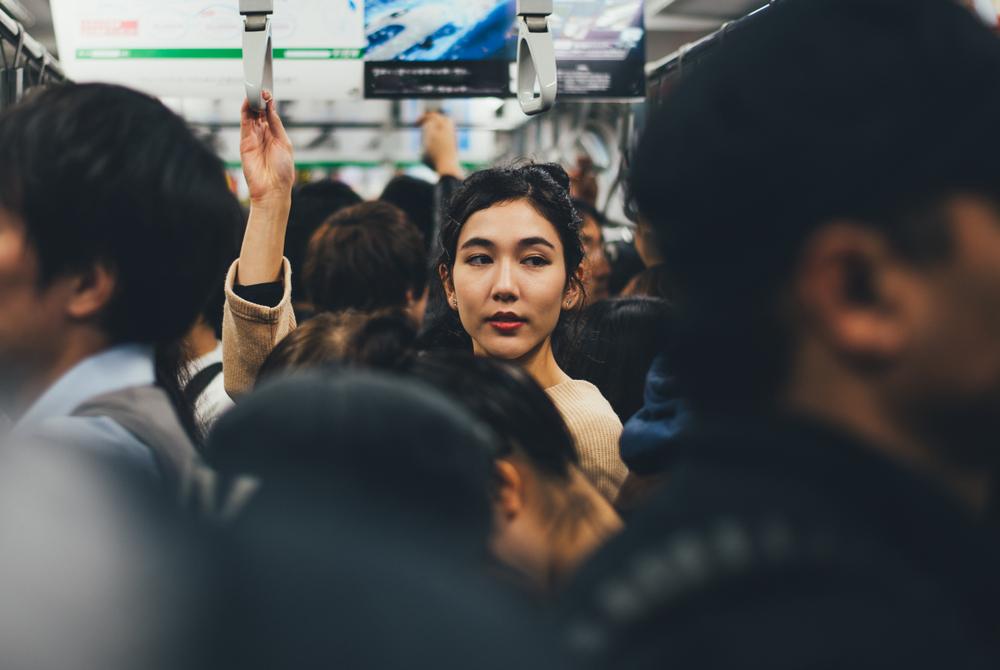
Challenge 1: Increasing Bandwidth
Regulations are constantly increasing the expectations of machine vision systems that train operators must meet. Resolution, frame rate and encoding of video footage are evolving, and therefore the bandwidth that systems have to process is rapidly increasing. Also, the more devices there are on the train, the more data is generated.
Forwarding and processing all this data is anything but easy in a moving vehicle without a stable internet connection. Therefore, efficient, lightweight AI models and implementations are needed to unlock the potential of innovative machine vision services.
Challenge 2: Camera Positioning
Besides the number of cameras, their positioning is also a challenge. Due to the combination of low ceilings and high-backed seats, the cameras film many obstructed objects from oblique angles. This can make it difficult for traditional AI and ML models, which are typically trained to recognise objects in full view, to accurately identify objects in the train environment where views are hindered. Therefore, adaptations to the AI models are necessary to effectively recognise obstructed objects.
Challenge 3: Lighting
Finally, lighting also poses a major challenge. Most algorithms perform best in well-lit outdoor environments. However, in trains, lighting can vary greatly, with some parts of the setting well-lit and others in the shadow. This wide dynamic range in a single image poses a significant challenge for current image-recognition models.
Challenge 4: Privacy Data Regulations
Finally, social and political aspects also slow down the improvement of machine vision systems. The main challenge here is data privacy regulations, with each country having different data protection laws and policies. This in turn affects the capabilities of machine vision solutions.
A Host of Opportunities
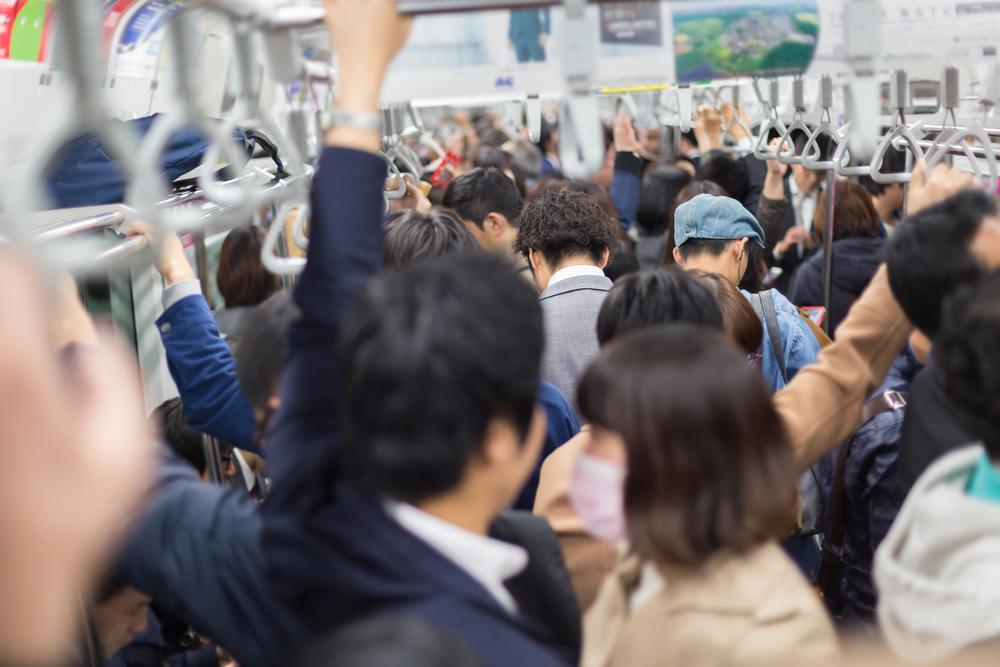
At Televic GSP, we are actively researching and advancing AI models to enhance machine vision performance in the challenging railway environment. Our aim is to support railway companies and provide passengers with the best possible travel experience. Below, we’ve listed some of the most promising machine vision applications for the rail industry:
Occupancy Tracking
Railway companies are constantly looking for the best way to gain insights into train occupancy. Machine vision algorithms, combined with CCTV cameras, offer a reliable solution for passenger count on board a train. CCTV cameras provide a flexible and robust alternative to door counters as they don’t need to integrate the count over time, and can perform a new count at any moment.
Trip Monitoring
Trip monitoring is a more advanced form of occupancy tracking that provides railway companies with valuable insights into passenger behaviour. By collecting data on trip duration, boarding and alighting locations, passenger profiles, and other factors, railway companies can gain a comprehensive understanding of passenger behaviour and make informed decisions to tailor their services to the population’s true train-travel behaviour.
Vandalism Detection
Cameras are an important weapon in the fight against vandalism in train carriages. By detecting suspicious activities, they can instantly send images to the operator for review. This facilitates a quick assessment of the recorded incident, helping to determine if it constitutes actual vandalism. Additionally, many modern cameras are equipped with a built-in microphone, which allows them to detect instances of verbal and physical aggression. This helps to provide a safer environment for passengers and ensures a prompt response to any incidents.
Operational Performance
Cameras can also play a crucial role in condition-based monitoring of trains, allowing for the detection of malfunctions and maintenance needs. For example, cameras can detect issues such as malfunctioning doors, clutter, damaged windows and screens. This information can be used to quickly intervene and resolve these issues, ensuring a safer and more comfortable travel experience for passengers. By monitoring the train in real time, railway companies can take a proactive approach to maintenance and improve the overall reliability of their trains.
Abandoned Luggage Identification
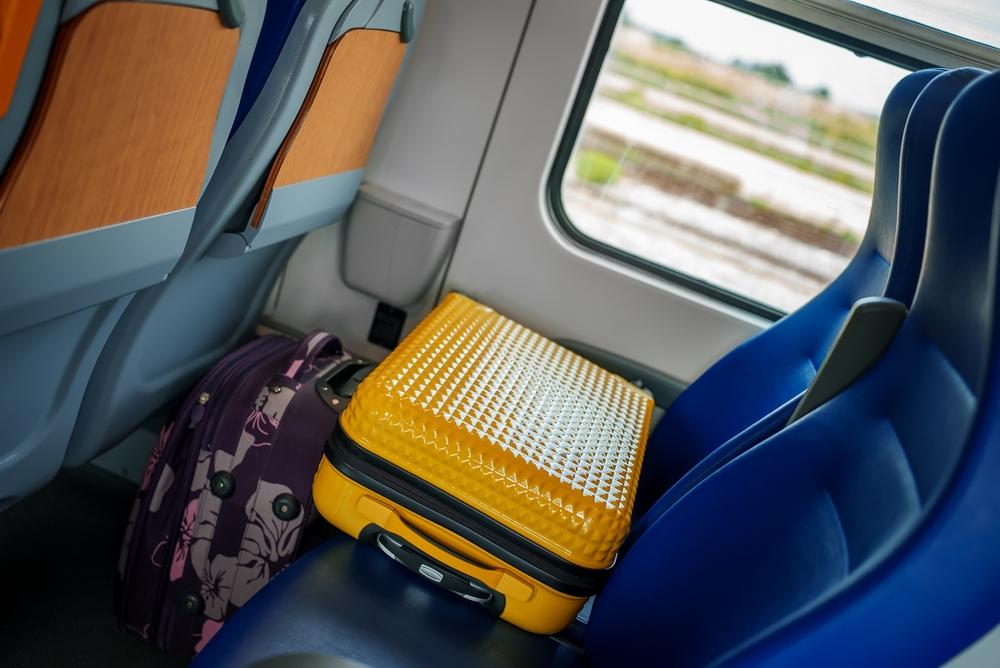
Identifying abandoned luggage on trains is a real security concern for railway companies. However, this task can only be accomplished reliably by associating each piece of luggage with its owner and then verifying that the owner exited the train without their luggage. By analysing video footage from multiple cameras, AI algorithms can accurately determine if a passenger was carrying luggage when boarding and whether they took it with them when disembarking. This technology can significantly improve the safety and security of passengers by quickly identifying any potential security threats.
What’s Next?
Televic GSP is actively researching solutions to overcome the challenges of implementing machine vision in the railway industry. In the meantime, we are already exploring the potential of this technology for the rail sector, so that railway companies can take advantage of its benefits in the future.
This article was originally published by Televic GSP.





